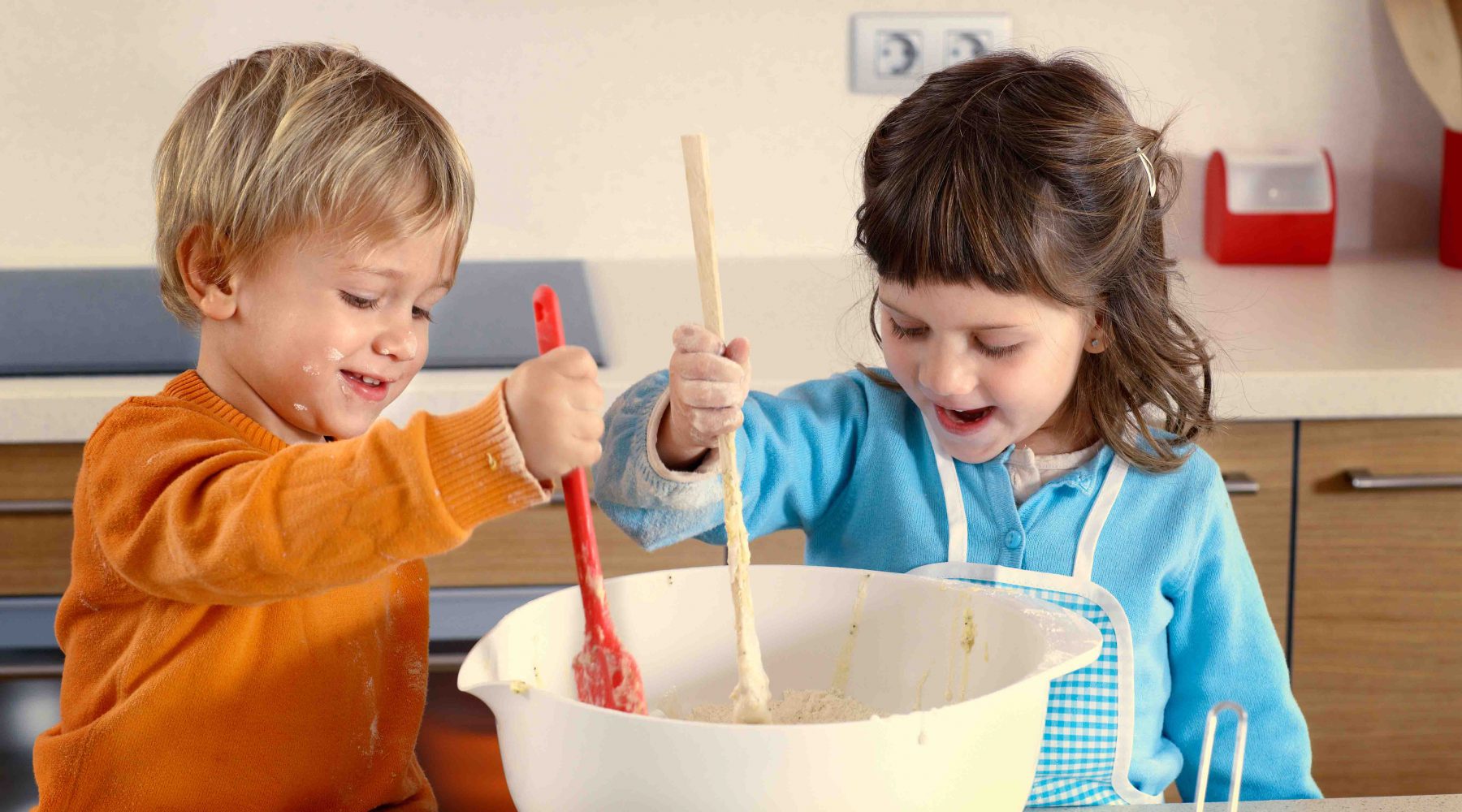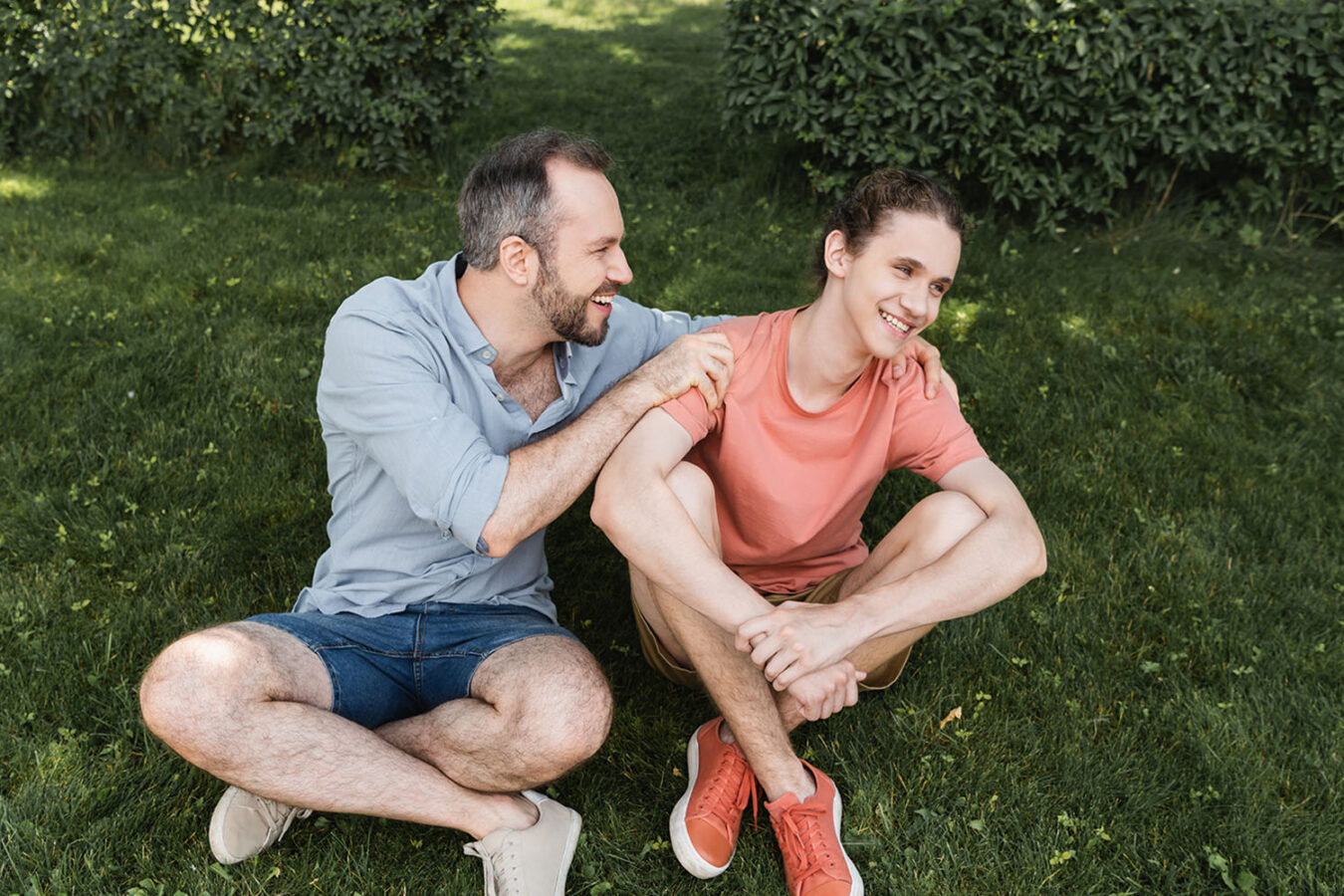
In the final of a three-part series, Diane Bourke explains the Output Phase of the Feuerstein approach to helping children learn.
The final article in the three-part series, Changing Children’s Minds and Brains, looks at the Output Phase of children’s thinking – or what is termed the mental act.
All mental acts consist of three phases, according to Professor Reuven Feuerstein. The first is data gathering, the second is organising and analysing the data and the third is expressing what is concluded. For example, a child sees a drawing of an elephant but it has spindly legs. (Input Phase) Why did the artist draw the elephant like this? I need to solve the problem. Could it be an imaginary creature? (Elaboration Phase). I think the drawing is creative and far-fetched (Output Phase).
(You can read about the Input Phase in Part 1, and the Elaboration Phase in Part 2 of this series.)
The boundaries between these phases are fluid and the mental processes particular to one phase may be essential to others as well. However, by looking at thinking in this manner parents can strengthen or understand where their children require specific support. All of this can be undertaken in a pleasurable way at home.
As before, we will only share a sample of output skills.
Considering another Person’s Point of View
Some children believe we all think alike. They can be insensitive to social cues and relate to the world only from their point of view causing communication break down.
Parents can help their children appreciate that others do not intuitively know what is being thought and therefore they must be clear and precise in their language to ensure that there is no question as to what their answer or thinking is. Helping children to listen to others and taking into consideration their perspective is also essential.
The following questions or comments could be useful:
Speak slowly, speak clearly, and be sure the person you are talking to is looking at you and you at them
What do you think…was thinking/feeling?
If you were…what would you have done?
What would it feel like if?
What would Granny say about this?
Imagine you are…
Guess what I am thinking now!
Why is it important to consider a friend’s point of view?
The following games and activities can help children consider another’s point of view:
Bus Stop Drama
Fish Bowl
Puppets
Art, looking at things from different perspectives
Right Turn, Left Turn board game.
Think, then Talk
The motto for the Feuerstein Instrumental Enrichment program is ‘wait a moment, let me think’.
Time spent in thinking is not wasted time. It can actually save time by increasing our efficiency and productivity.
Quickness is often equated with cleverness but this is not always so. Research has long discovered that parents (and teachers) only allow children 1.5 seconds to answer a question. If the time is doubled to 3 seconds there are several payoffs.
Mary Budd Rowe’s research indicated that teachers, who allowed their students to ponder their answer for just a few seconds or more before calling on them, responded with a much higher quality answer. Keep this in mind and model thoughtful responses to your children.
Some scientists believe that mirror neurons located in a child’s brain are the foundation of the process that enables a child to walk, talk and behave like their parent so modelling is a wonderful tool.
The following further questions or comments could be useful to help children think before answering:
Let me think about this before I answer you.
Take a moment…
Wait…!
Just a moment, let me think.
No hurry, I will be here.
Count to ten then answer.
The following games and activities can help children think then talk:
Sand Clock
Drawing before sharing
See, Think, Wonder, Answer
First-then, wash your hands then help me bake
Practice waiting in queues and acknowledge ‘waiting is hard’.
Thinking Things through before Responding to a Problem/Managing Impulsivity
This is similar to the above cognitive function but considers reminding children to use previously learned strategies vs what Professor Feuerstein calls trial and error behaviour.
For example: You are trying to get into a room in which there something important that you want. You keep trying impatiently a number of ways to use the door handle, but cannot get the door open.
Stop. Think back, what else can you do to get in? What other choices when the handle does not work can you try to get the door open? The opposite of trial and error behaviour could be seen as self-control.
Research has indicated that the capacity to exhibit self-control and be more internally motivated is more important for success in life than overall IQ.
Many of you will recall the Stanford Marshmallow Experiment led by Professor Walter Mischel. Mischel studied a group of four to six-year-old children who were given a marshmallow and left in a room for fifteen minutes. They were given the choice of being able to eat the marshmallow now, or if they were to wait the 15 minutes, they would be able to have two marshmallows.
Some children were able to wait while others were not. Over time, researchers continued to study the development of the children and found that those who had been able to delay gratification were psychologically better adjusted, more dependable people, more self-motivated, and as high school students, scored well on exams. The latest study conducted on these same participants in 2011 showed that the characteristic has remained with the individuals.
The following questions or comments could be useful:
Slow down
Stop, Look, Listen
Just a moment, let me think
Why does it pay to wait?
How can you help yourself be patient?
What do you wish to achieve? Let’s create a plan.
The following games and activities can help children develop self-control:
Pick up Sticks
Dead Fish
Jenga
any game involving turn taking
meditation
Using Precision and Accuracy, Communicate Succinctly with the Correct Words
To be successful and succeed in school and life, children need to understand that we must do many things with precision and accuracy.
Dr Jeanne Zehr, a master Feuerstein trainer from the United States remarks, ‘We don’t want a surgeon conducting our operation who is just a little bit imprecise. That would not be acceptable.’
Dr Zehr shares ideas on how to develop this capacity in our children with some apprehension. For her, there must be a balance between helping our children develop accuracy and precision and making them feel like we are demanding they be perfect.
These thoughts are based on research by Carol Dweck who discovered that some children as young as 3-years-old and then all the way to university could exhibit evidence of contingent self-worth, self esteem based on the approval of others.
This means a person does not feel they have intrinsic self-worth and have to act, look, or succeed in a certain way to have a sense of well being and feel worthy. We must be mindful when discussing precision and accuracy as a cognitive skill with our children that it must not backfire into undue pressure for perfection.
The following questions or comments could be useful when discussing the importance for accuracy and precision:
Tell me exactly what you mean.
Would you like to try that one more time?
Do you see how much better you are doing this now? I can tell you have been working hard at improving.
I can see how hard you are working on that. Compare it to the model; is there anything you want to change?
I cannot understand what your shrug means. Tell me what you feel.
Games and activities that can help improve accuracy and precision:
following a recipe
folding paper planes
origami
learning to knit
science experiments
following a map
Bringing Learned Information (visual or mental images) to New Situations/Visual Transport
It is important for children to be able to perceive and memorise visual details clearly, carry an image in the mind and move it from one place to another or refer to a familiar concept in order to accurately identify or reproduce it.
The following questions could be useful to help with visual transport:
Look at the shape. Try hard to remember its features. Do you see it in your mind?
Do you remember?
Where have you seen this before?
How do you remember things?
Let’s compare, look here, now look here, are they the same or different?
The following games and activities can help children develop visual transport:
all board and card games
sending your child on errands and ask them to remember the list
looking at images in the night sky
jigsaw puzzles.
If the articles in this three part series have sparked an interest, you might be interested in two five-day courses being held at Independent Schools Victoria. Feuerstein Instrumental Enrichment Basic Course will be held between 23 and 27 October 2017.
There will also be a Feuerstein Instrumental Enrichment Standard Course running between 16 and 20 October 2017. The courses will be conducted by Dr Jeanne Zehr. Parents are very welcome.
For more information, contact Diane Bourke on (03) 98257236 or Genia Janover on (03) 98257233.
Diane Bourke is a Project Manager for Independent Schools Victoria. She was Head of Junior School, Campbell House, at The Geelong College for 16 years, and most recently, Head of Junior School, Morris Hall, Melbourne Girls Grammar for 15 years.
Like this post? Please share using the buttons located on this page.
Subscribe to The Parents Website

